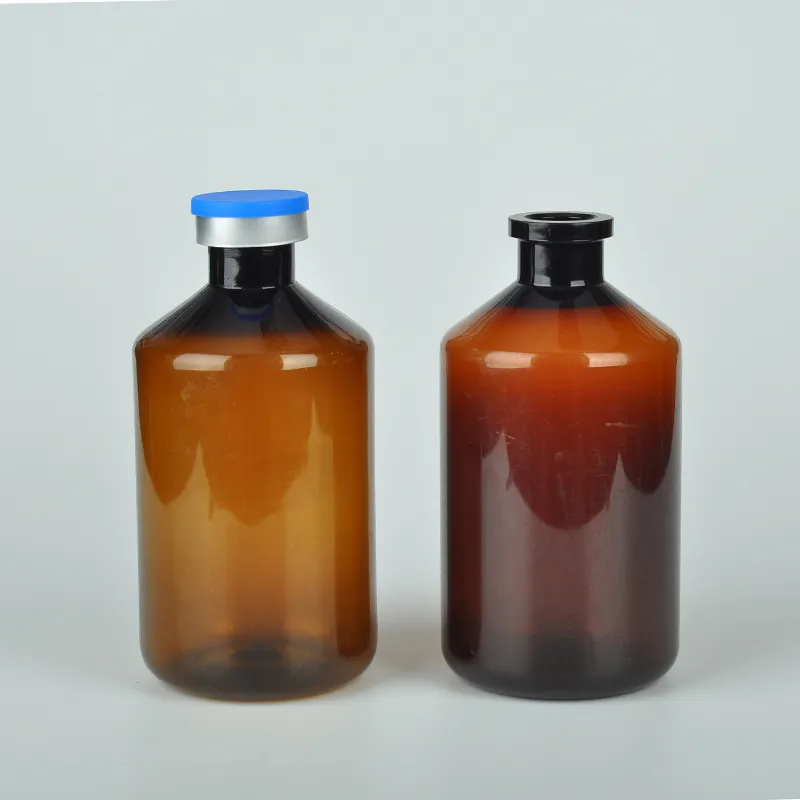Innovations in Pharmaceutical Packaging with Plastic Drug Vials for Enhanced Safety and Efficiency
The Rise of Plastic Drug Vials A Modern Solution for Pharmaceutical Packaging
In recent years, the pharmaceutical industry has seen a significant shift in drug packaging materials, particularly with the increasing use of plastic drug vials. These vials, which are made from various types of plastic, have started to replace traditional glass containers for multiple reasons, heralding a new era in pharmaceutical packaging. As we delve into the advantages, challenges, and future outlook of plastic drug vials, it becomes evident that they play a crucial role in the ongoing evolution of the healthcare sector.
Advantages of Plastic Drug Vials
One of the primary benefits of using plastic vials is their lightweight nature. This characteristic is essential in reducing shipping costs and transportation emissions, making them a greener option compared to heavier glass vials. The reduction in weight also translates to better handling and less breakage during transit, which can result in significant cost savings for pharmaceutical companies. Moreover, the durability of plastic makes these vials less prone to shattering, enhancing safety for both manufacturers and end-users.
Another notable advantage is the versatility of plastic materials. Various types of plastics, such as PET (Polyethylene Terephthalate), PP (Polypropylene), and PS (Polystyrene), can be engineered to meet specific requirements for different medications. This adaptability allows for tailored solutions that can enhance drug delivery, stability, and even maintain necessary sterility conditions. Furthermore, these materials can be produced in various shapes and sizes, accommodating diverse dosage forms from solid to liquid medications.
The chemical resistance of plastic vials also plays a crucial role in safeguarding the integrity of pharmaceuticals. Unlike glass, certain plastics can withstand various chemicals and are less likely to react with the contents inside, reducing the risk of contamination. This attribute is vital in maintaining the efficacy and safety of medications, ensuring that patients receive the full benefits of their prescribed therapies.
Challenges Associated with Plastic Drug Vials
plastic drug vials

Despite their advantages, plastic drug vials do come with certain challenges. One major concern is the potential leaching of chemicals from the plastic into the drug formulation, especially over extended periods. Regulators and manufacturers must rigorously test these materials to ensure that they do not affect the drug's safety or efficacy. The pharmaceutical industry is also under constant scrutiny regarding environmental sustainability; while plastic vials are lighter and less fragile, they contribute to the growing plastic waste crisis.
Additionally, the perception of plastic packaging can sometimes be negative. Many healthcare professionals and patients still associate glass with quality and reliability. Overcoming this bias requires education and awareness campaigns to illuminate the benefits and advancements in plastic packaging technologies. Manufacturers must work diligently to establish trust in their plastic products to encourage wider acceptance within the healthcare community.
The Future of Plastic Drug Vials
Looking ahead, the future of plastic drug vials appears promising. Innovations in biodegradable plastics present an exciting alternative that could bridge the gap between convenience and sustainability. Research is ongoing to develop materials that retain the benefits of traditional plastics while avoiding long-term environmental impacts. As consumers and regulatory bodies increasingly demand environmentally friendly solutions, the industry may see a shift toward these sustainable options.
Furthermore, advancements in smart packaging technology could integrate with plastic vials to enhance medication adherence and patient safety. Smart labels, temperature monitoring, and barcodes can be incorporated into the vial design, allowing for better tracking of medications throughout the supply chain and improving end-user compliance.
In conclusion, the transition towards plastic drug vials in the pharmaceutical industry marks a significant advancement in packaging technology. While challenges remain, the benefits—such as reduced weight, versatility, and chemical resistance—position plastic vials as a formidable solution in pharmaceutical packaging. As the industry continues to innovate and evolve, the integration of sustainable practices and technologies will help plastic drug vials earn their rightful place in modern healthcare, ensuring that they contribute positively to both patient care and environmental sustainability.
-
Aesthetic Makeup Spray Bottles | Fine Mist Empty RefillableNewsAug.19,2025
-
White Plastic Veterinary Vaccine Vials | Lab Liquid BottlesNewsAug.18,2025
-
Plastic Medicine Liquid Bottle: Secure Flip Top Drug VialsNewsAug.17,2025
-
Durable 250ml Blue Plastic Vaccine Vial for Lab & Vet UseNewsAug.16,2025
-
Sterile Virus Sample Tubes: Secure & Reliable Specimen CollectionNewsAug.15,2025
-
White 250ml Plastic Vaccine Vial for Lab & Vet MedicineNewsAug.14,2025
























